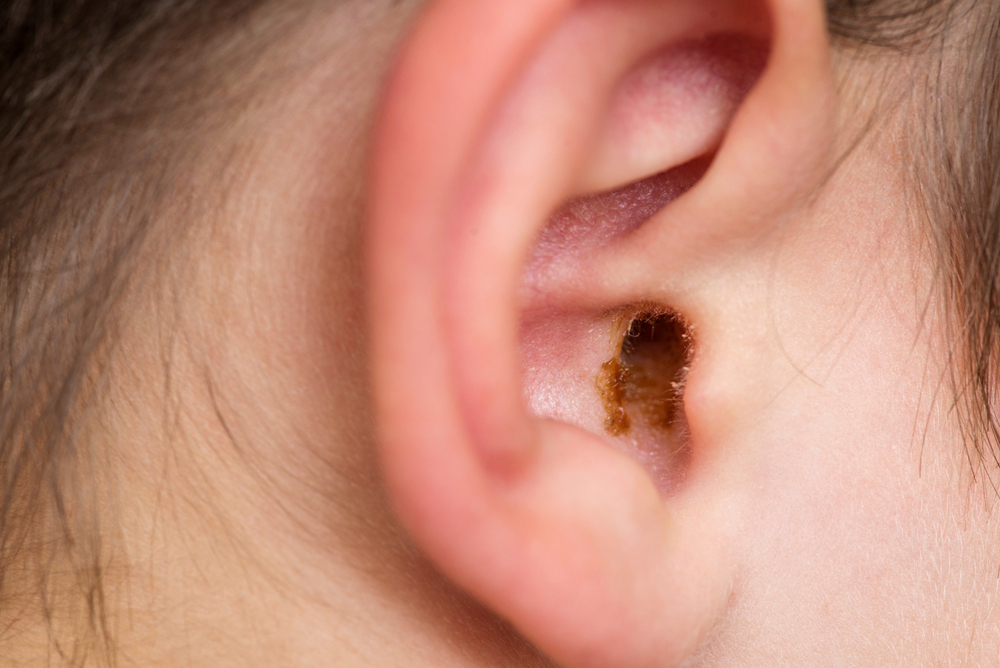
Chances are, earwax and its buildup haven’t been subjects of extensive consideration for you, except maybe during ear hygiene sessions. Still, it’s crucial to have an understanding of its purpose and how it develops.
What causes the buildup of earwax?
Earwax, technically known as cerumen, is a thick combination of debris, hair, skin particles, sweat, and ceruminous gland secretions. Earwax will appear as a waxy substance that will normally be yellow, orange, brown, or even grey.
While the production amount of earwax differs from individual to individual, adults usually produce less earwax than children. Moreover, adult earwax tends to be darker and harder compared to that of kids.
Earwax passes the outer ear canal naturally, ultimately reaching the ear opening, where it either self-expels or gets washed out during bathing.
Why do we need earwax?
Earwax serves several critical functions, such as:
- Before things like dust, dirt, or other external debris go further up into the ear canal, earwax acts as a barrier.
- Fending off potential infections that may arise within the ear canal.
- Protecting and lubricating the skin lining the ear canal, thereby preventing dryness and itchiness.
Earwax obstructions
Impacted earwax is a common problem, but it’s usually the only time you need to be concerned about it. In some cases, earwax is unable to easily get to the opening of the ear as a result of narrow or unusually shaped ear canals.
Poor ear hygiene practices, such as using cotton swabs or bobby pins, can unintentionally force wax deeper into the ear canal.
People wrestling with hearing loss who use earplugs or hearing aids are also susceptible to experiencing ear canal obstructions.
How is hearing impacted by too much earwax?
Auditory health may be hindered and you might feel minor discomfort.
Additionally, substantial accumulations of earwax can trigger tinnitus, a feeling of ringing in the ears.
Acoustic trauma may result in long-term hearing loss, perforated eardrums, and long-term hearing loss if earwax obstructions go neglected.
How do you deal with impacted wax?
If you suspect an earwax blockage, consulting us immediately is essential. You may be advised to utilize over-the-counter products such as a bulb syringe or earwax softening drops to clean the wax out, depending on the severity of the obstruction.
If you’re concerned about your earwax buildup, call us right away to schedule an appointment.
